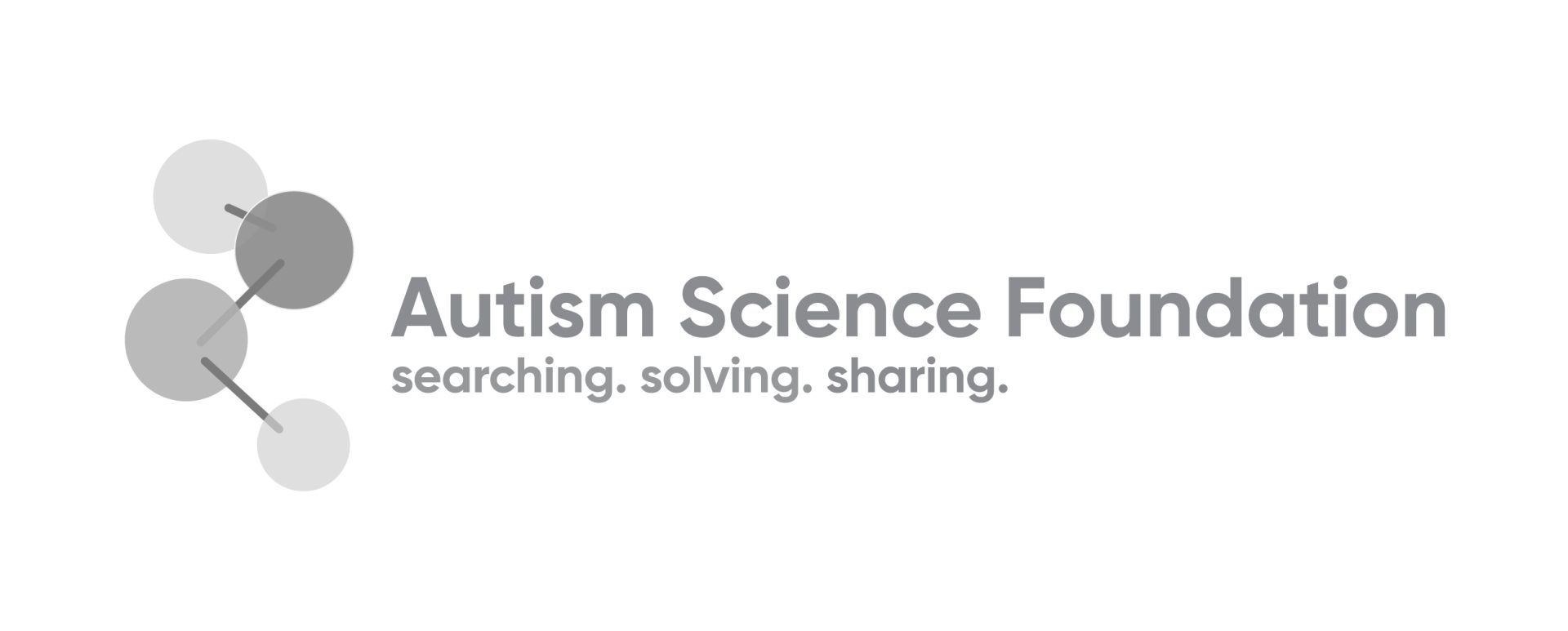New Scientist Interviews on the ASF YouTube Channel
Catch up on the latest autism research at the ASF YouTube Channel. This week we posted interviews with Dr. Eric Courchesne, keynote speaker at IMFAR, as well as interviews with six new ASF-funded pre and post doctoral fellows.
- Dr. Eric Courchesne, keynote speaker at IMFAR, describes the underlying brain biology of autism and shares new findings showing differences in brain structure in people with autism. These changes originate in the second trimester of prenatal life when there is a tremendous overproduction of brain cells in individuals with autism that create patches of functional abnormality. Dr. Courchesne describes how early intervention alters brain connections and structure, and discusses the “recovery genetics” of autism, including new understanding about why some kids recover from autism while other children continue to struggle.
- Did you know that Pivotal Response Training is a naturalistic intervention for autism that can be administered to children as young as 9 months of age? Jessica Bradshaw explains how her ASF-funded research helps infants increase their social engagement and interaction, helping these children to progress more quickly.
- Scientists can make a mouse with Rett Syndrome (a form of autism), but did you know that scientists have discovered how to reverse Rett Syndrome in mice? Grantee Christie Buchovecky explains how her ASF-funded study will build on this discovery and could eventually allow us to reverse Rett Syndrome in humans.
- How do we improve the social involvement of children with ASD in schools? ASF-funded grantee Dr. Jill Locke trains school teachers to improve the social interaction of children with ASD in the classroom. With her ASF-funded research, Dr. Locke employs a model that she hopes will provide an effective and cost-efficient treatment for a wide-range of ASD social impairments.
- ASF-funded Grantee Dr. Portia McCoy explains how her research into mice with unusual UBE3A gene expression will provide the groundwork for drug treatments that will help individuals with ASD.
- Dr. Haley Speed explains why we need mouse models in autism research and how her ASF-funded research with the Shank3 mouse will improve the lives of children with Phelan-McDermid Syndrome and other forms of genetically-derived autism.
- Could where your child looks affect how he or she learns? Dr. Elena Tenenbaum explains her ASF-funded research, which explores how children with ASD differ in attentional distribution. Dr. Tenenbaum’s research will lead to more effective early behavioral interventions.
You can also visit our blog to read interviews with incoming INSAR President Dr. Helen Tager-Flusberg on her plans for IMFAR and with Dr. Eric London about the importance of brain tissue research.

